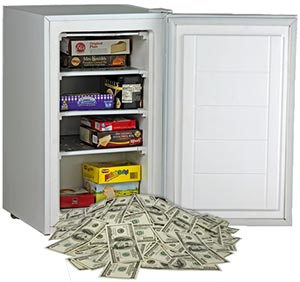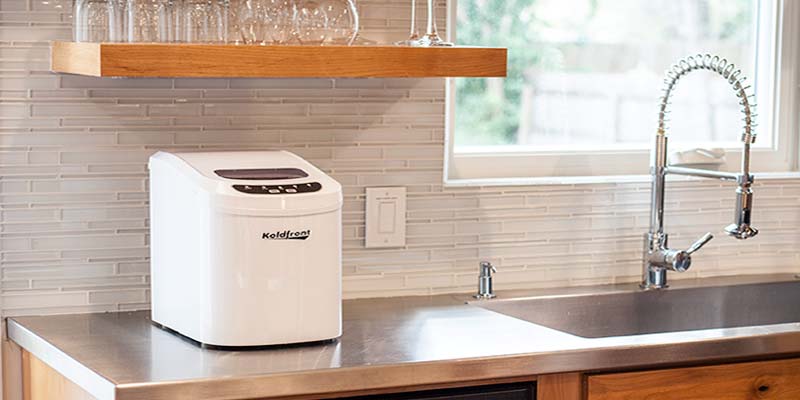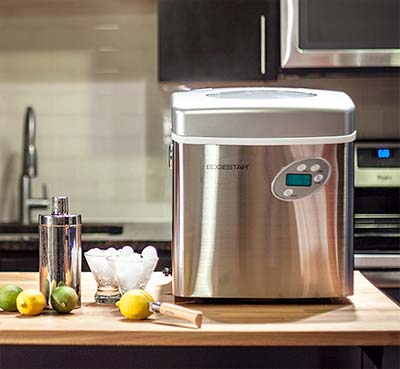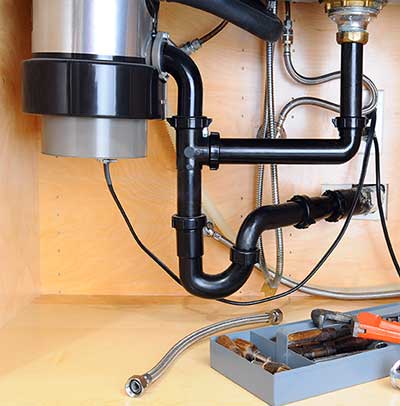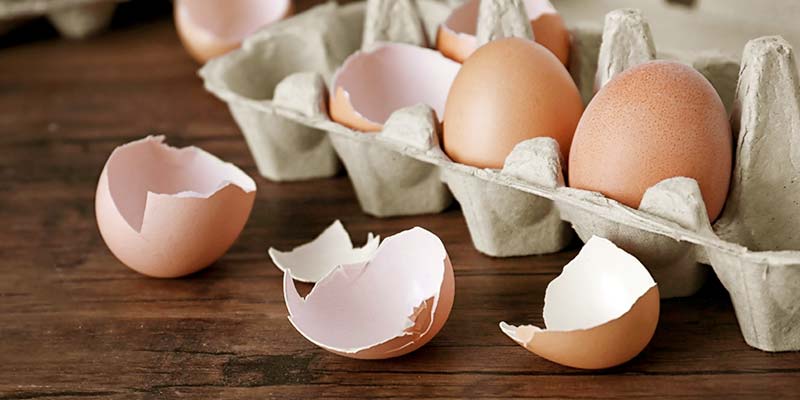5 Tips Every Homeowner Should Know
Whether it’s cooking, baking, or washing dishes, the kitchen is one of the main areas within your home where you will be consuming energy. There’s no way around this, but you can, however, reduce the amount of energy used by being a smart and frugal consumer.
Here in this article, we will discuss some easy ways that homeowners can learn how to cut their energy use in the kitchen while still preparing delicious meals and keeping a tidy — and functional — cooking space. Here’s how.
1. Buy Energy Efficient Appliances
If you’re in the market for new kitchen appliances, look for the Energy Star label before you buy. This is a designation given only to items that have been deemed highly efficient by the EPA (Environmental Protection Agency) and the Department of Energy. If you have perfectly good appliances that are not Energy Star, don’t just trade them in for new models.
2. Make Your Refrigerator More Efficient
Your fridge can cost you approximately $90 a year to operate, unless you outsmart it with a few frugal maneuvers, such as:
-
Change the Thermostat Setting:
If you set your refrigerator’s thermostat to too cold of a setting, you are spending more money than you need to. Adjust your fridge’s temperature to a range between 37° & 40° F. Your freezer should be set between 0-5°F. Buy two appliance thermometers to monitor the temperatures if your appliance doesn’t have them already built-in. By raising your fridge temperature, you can save around $20 annually.
-
Make Your Own Ice:
A built-in ice maker may be convenient, but it’s costing you extra cash. By relying on this feature, you could be spending 14 to 20 percent more than you need to be. Turning off this auto-feature is fairly simple, and by doing so, you can keep more money in your bank account.
-
Clean Off Your Coils:
When your refrigerator’s coils get dusty, the cool-air flow is restricted, which makes your appliance struggle to do its job. You can remove this dust with a vacuum cleaner attachment, and save yourself nearly five dollars a year after performing the task.
-
Limit Yourself to One Fridge:
Do you have an extra fridge in the basement, garage, or game room for beer, holiday turkeys, and party food? If so, you are shelling out hard-earned cash for something you only use seasonally. Find a way to make one refrigerator work for your household and save yourself $90 a year.
3. Spend Less on Cooking by Altering Your Oven/Stove Habits
The gas or electric oven and stovetop in your kitchen can cost you less if you change a few of your cooking habits. When you pay attention to the way you use your range, you can shave dollars off your utility bills. Follow these tips:
- Stop preheating your oven: It’s not necessary to preheat your oven for every single recipe you prepare. There are a few items, such as fragile cakes like angel food, that may require preheating, but most dishes don’t necessarily need this step performed. If you want to be extra sure that you can skip this step with your meal preparation, it might be a good idea to do a bit of research beforehand, but for the most part it isn’t a big deal. If you skip preheating, you can save a couple dollars each month, which adds up to big dollars over time.
- Use the right size burner: When you have a large pot or pan, use a larger burner. If you’re cooking with a small saucepan, use a smaller burner. Putting small pans on oversize burners is a waste of gas or electricity. It’s also not great for the pan. This practice will save you money on your energy bills, plus protect your pans for years to come.
- Turn the power off early: You don’t have to leave your oven or burner on till your food is fully cooked, because plenty of heat will still be present when you turn the switch to “off”. Take advantage of the lingering heat and save cash in energy costs.
- Clean your burners: The shinier your burner pans are, the more they will reflect and magnify the heat.
4. Save While Operating Your Dishwasher
If you have a dishwasher, you can save money while using it by doing the following things:
- Use it: Most people think that hand washing dishes is cheaper than running the dishwasher, but this is actually not true. It is cheaper to run a full dishwasher than to hand wash every dish along the way. When you hand wash dishes, more water is lost down the drain than is used to wash and rinse the dishes.
- Load it up: Be sure to wait until your dishwasher is full of plates, cups, bowls, and utensils before running it. It takes the same amount of water, energy, and soap to run a half-full load and a completely full load, so be sure to fill it all the way up before washing the load.
- Skip heated-dry feature: Your dishes will dry without the extra heat, so skip this feature and save money. If your machine has an energy-efficient setting, be sure to utilize it.
5. Cut Costs During Cooking
You can cut dollars from your budget if you practice a few frugal cooking practices, such as:
- Use your microwave as much as possible, because it’s a fairly economical machine and won’t heat up the rest of your home.
- When using the oven, reduce the amount of heat you need to cook foods by baking your meals in glass or ceramic dishes.
- Stop opening the oven door to check your meal, because you’re wasting heat.
- Cover pots and pans on top of your stove for faster cooking times.
- Boil foods in smaller amounts of water, to reduce energy needed to bring liquids to a boil.
- Use a pressure cooker, because foods cook quickly and efficiently.
- Double or triple recipes so you have leftovers.
- Cut foods into smaller pieces, because they will require less energy to be cooked.
- Use your barbecue on your patio to avoid using your oven and to keep your house cooler during the summer months.
- Instead of using a blender, mixer, food processor, or electric coffee grinder, use your muscles to chop, blend, beat, or grind.
Your kitchen is the heart of your home. It’s where your family congregates, and where food and beverages are prepared to feed appetites and provide comfort. You can keep this important room warm and welcoming, but still trim dollars off your energy bills. When you know how to cut energy use in your kitchen and make “green” practices the norm, everyone benefits.
